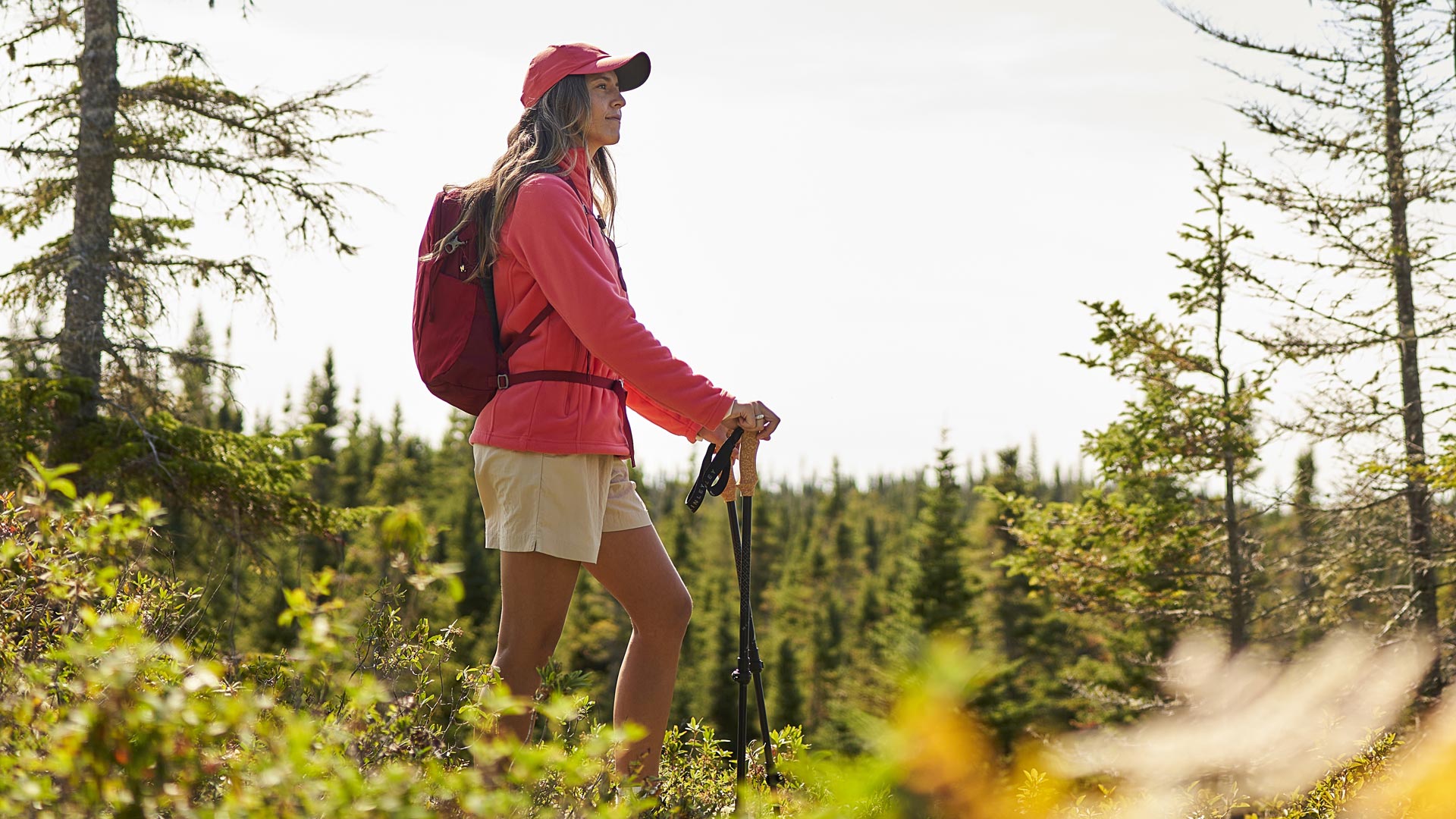The primary energy objective is to maintain a consistent level of sugar throughout the hike. A light diet of slow sugars, such as pasta, is excellent for long treks. Eat full meals in the days before your hike, and avoid fast sugars, which actually lower the blood sugar level and cause a drop in energy. Nuts, dried fruits and granola bars are great. Of course, as with any physical effort, you need to regularly top your body up with water: bring along at least 1.5 litres.
If you’re a beginner, start with a day hike, then add one day at a time. If you follow these tips to properly prepare, you’ll be ready for anything and have maximum fun. Happy trails!














